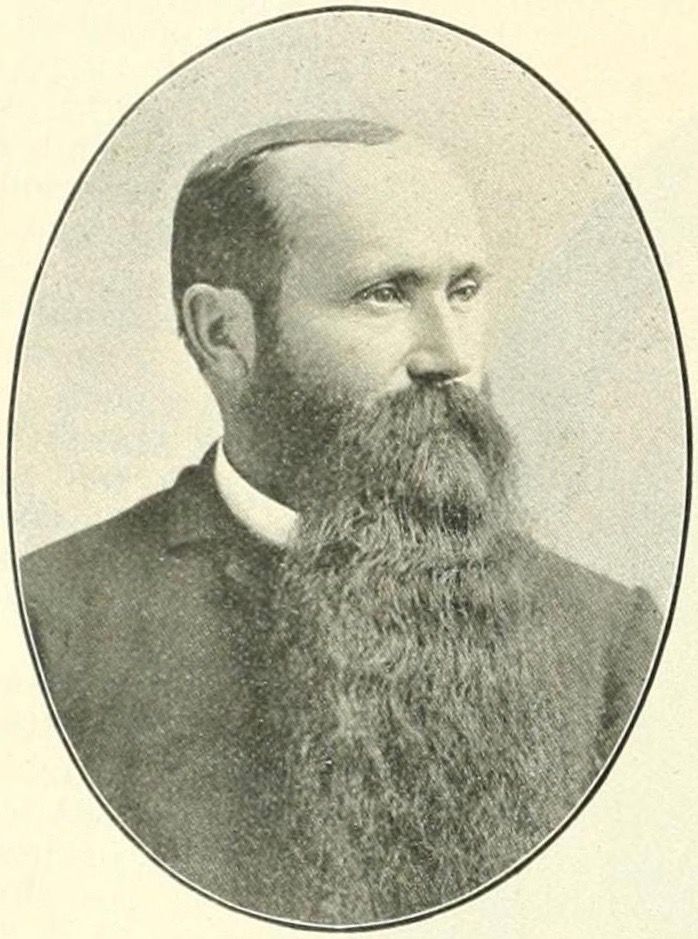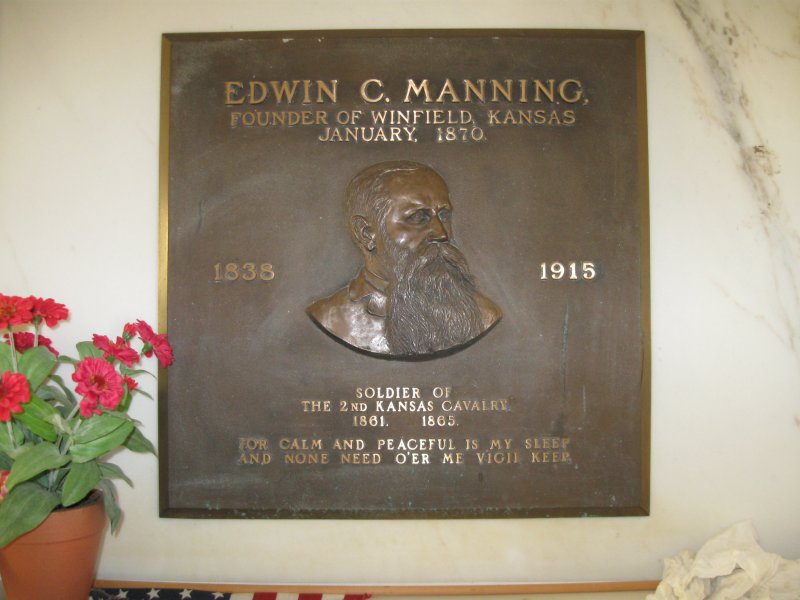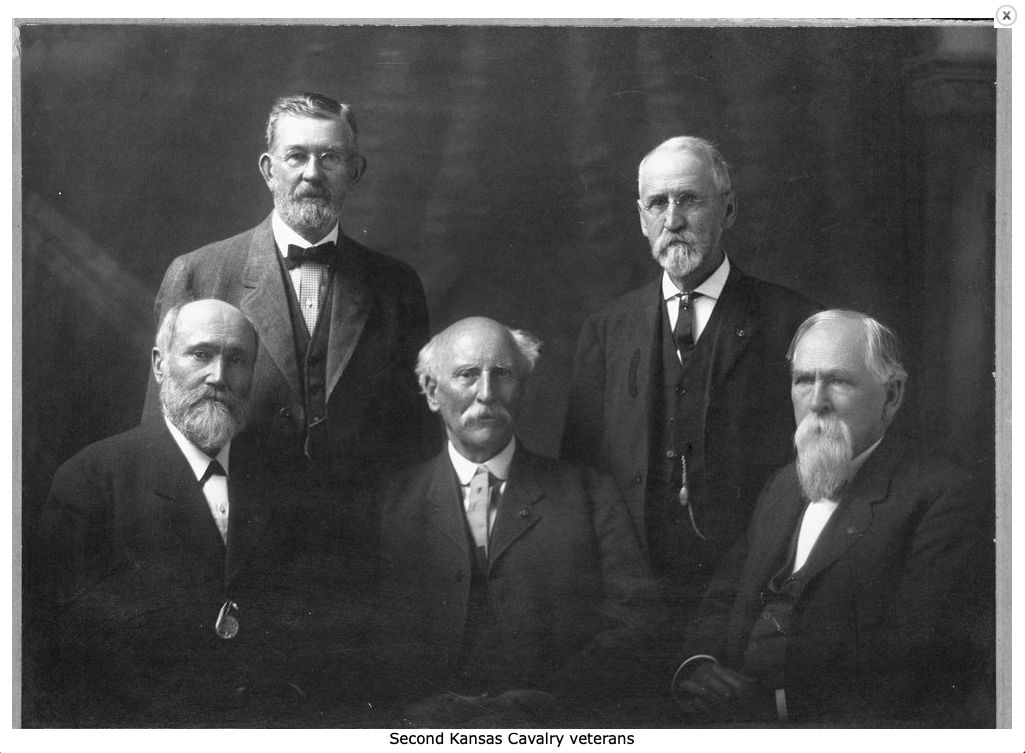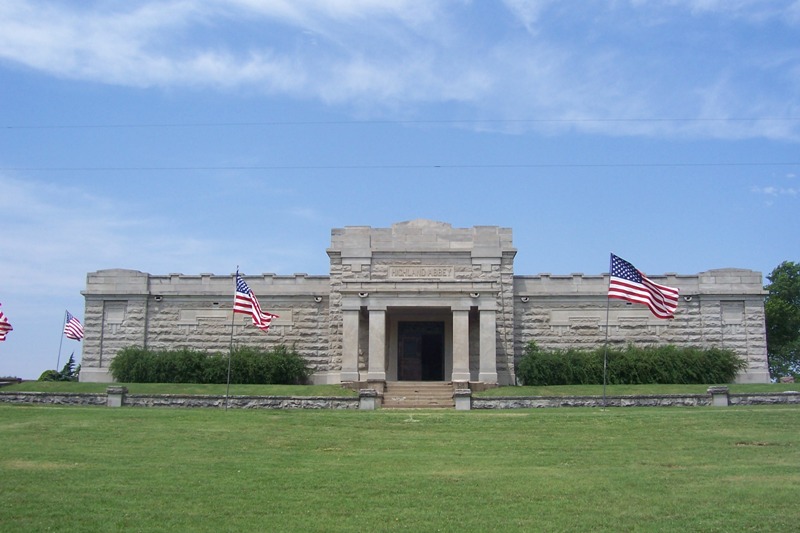Edwin moved with his family from Vermont to Dubuque County, Iowa in 1852. He settled in Marysville, Kansas in 1859, where he married Delphine Pope and edited a newspaper, as well as being named postmaster. He enlisted as 1st Sergeant of Company "H", 2nd Kansas Infantry (soon redesignated as the 2nd Kansas Cavalry) on 14 November 1861, but left that unit on 20 September 1862 to be commissioned as 1st Lieutenant of Company "C", 1st Indian Home Guards.
After serving with the regiment at the battles of Cane Hill and Prairie Grove, he resigned his commission in March 1863 citing ill health. He returned to Marysville, where he resumed newspaper work as owner and editor of the "Big Blue Union", and served in the Kansas State Senate from 1863 to 1866. He purchased land in Cowley County in 1869, and founded the town of Winfield there in 1870. He represented his community in the Kansas House of Representatives for several years in the 1870s.
Much of the rest of his working life involved railroad and engineering work in New Mexico, Virginia and Tennessee. He returned to Winfield in 1896, where he engaged in business, and historical research and writing, until his death. He was Companion No. 12077 in the Military Order of the Loyal Legion of the United States (MOLLUS), the first post-Civil War veterans organization, founded by and for commissioned officers of the Union forces.
He married Delphine Patch Pope in Jackson, Iowa on 25 May 1860. They had at a least three children: Benjamin B., Martha May and Ernest Frederick. He next married Margaret Jane Foster in Winfield on 3 January 1874. They had at least two children, Augusta Virginia and Margaret Belle. Finally, he married Linia Hall on 5 November 1881.
---------------
From the "Loyal Legion Historical Journal", Fall 2021:
The residents of Winfield, Kansas, south of Wichita, know Edwin Cassander Manning as the founder of their town. They may not know he also was an officer in a nearly-unique Civil War regiment, the First Indian Home Guards. The unit contained a mix of native Americans, those of mixed African and native background, and whites. Among its members were the first men of color to see action in the War as part of an organized Federal unit.
Edwin was born in New York in 1838, and as a youngster moved west with his family to Iowa. Seeking his fortune, he spent a short, unsuccessful time mining near Denver, then moved back as far as Marysville, Kansas, where he married, published a newspaper and served as postmaster. In November 1861, he mustered as a Sergeant in the 2nd Kansas Cavalry, but left that unit in September 1862 to be commissioned 1st Lieutenant in Company C of the recently-organized First Indian Home Guards.
The new regiment (and two subsequent Indian Home Guards units) grew out the opposition of numerous Creeks, Cherokees and Seminoles — members of the "Five Civilized Tribes" — to their leaders signing alliances with the new Confederacy. Their opposition led, in late 1861, to many of them being driven at gunpoint from the "Indian Territory" of eastern Oklahoma (where they had been forcibly resettled a generation earlier) north to Kansas in yet another bloody and desperate migration. They hoped to regain their lands and improve their standing within the United States, by agreeing to fight for the Union. The First Indian was organized in May 1862, composed largely of Creeks and Seminoles.
Though the highest-ranking regimental officers were whites, company leadership fell largely at first to commissioned Native soldiers — another break with past Army practice. Also of critical importance was the enlistment of several dozen men of mixed African and Native heritage, who had been enslaved by the tribes. They gained their freedom, and provided crucial support not only as soldiers but also by translating for their non-English-speaking compatriots.
Language was only one problem. The men of the regiment, not raised within western military traditions, had to adjust to the demands of a strictly-regimented Union Army. In fact, the First Indian's original commander, Col. Robert W. Furnas, resigned his position in September 1862 while disparaging the ability of Native soldiers to fight effectively.
Other officers in the regiment decided differently as the men gained discipline and experience. The First Indian was supposed to be mounted, but often operated as infantry. It initially saw action in small skirmishes and guerrilla actions in the Indian Territory. The men's first large pitched battles came soon after Edwin Manning joined them, at Cane Hill and Prairie Grove, Arkansas in late November and early December 1862. The First Indian performed well alongside white regiments. For his part, Lt. Manning was commended by Maj. Albert Ellithorpe for having "proved [himself] competent for the emergency."
Manning continued to serve with the regiment before resigning his commission in late 1863, citing ill health. The First Indian fought on to the end of the War, and along with the Second and Third Indian Home Guards, contributed significantly to Union success in Arkansas and the Indian Territory. Of the 1,773 men who served in the First Indian, 425 died of battle wounds or other causes.
Manning returned home to Marysville, Kansas and his first love of newspaper publishing. In 1869, he purchased land from a chief of the Osage tribe, established the town of Winfield, and built the settlement's first home. Perhaps not surprisingly, he went to the Kansas state legislature as his county's first representative. He eventually built a career in mining and railroad work throughout the United States, married three times, and fathered five children. Amongst it all, Manning was an early and enthusiastic member of the Kansas Commandery of the Loyal Legion, before his death in 1915.
Edwin moved with his family from Vermont to Dubuque County, Iowa in 1852. He settled in Marysville, Kansas in 1859, where he married Delphine Pope and edited a newspaper, as well as being named postmaster. He enlisted as 1st Sergeant of Company "H", 2nd Kansas Infantry (soon redesignated as the 2nd Kansas Cavalry) on 14 November 1861, but left that unit on 20 September 1862 to be commissioned as 1st Lieutenant of Company "C", 1st Indian Home Guards.
After serving with the regiment at the battles of Cane Hill and Prairie Grove, he resigned his commission in March 1863 citing ill health. He returned to Marysville, where he resumed newspaper work as owner and editor of the "Big Blue Union", and served in the Kansas State Senate from 1863 to 1866. He purchased land in Cowley County in 1869, and founded the town of Winfield there in 1870. He represented his community in the Kansas House of Representatives for several years in the 1870s.
Much of the rest of his working life involved railroad and engineering work in New Mexico, Virginia and Tennessee. He returned to Winfield in 1896, where he engaged in business, and historical research and writing, until his death. He was Companion No. 12077 in the Military Order of the Loyal Legion of the United States (MOLLUS), the first post-Civil War veterans organization, founded by and for commissioned officers of the Union forces.
He married Delphine Patch Pope in Jackson, Iowa on 25 May 1860. They had at a least three children: Benjamin B., Martha May and Ernest Frederick. He next married Margaret Jane Foster in Winfield on 3 January 1874. They had at least two children, Augusta Virginia and Margaret Belle. Finally, he married Linia Hall on 5 November 1881.
---------------
From the "Loyal Legion Historical Journal", Fall 2021:
The residents of Winfield, Kansas, south of Wichita, know Edwin Cassander Manning as the founder of their town. They may not know he also was an officer in a nearly-unique Civil War regiment, the First Indian Home Guards. The unit contained a mix of native Americans, those of mixed African and native background, and whites. Among its members were the first men of color to see action in the War as part of an organized Federal unit.
Edwin was born in New York in 1838, and as a youngster moved west with his family to Iowa. Seeking his fortune, he spent a short, unsuccessful time mining near Denver, then moved back as far as Marysville, Kansas, where he married, published a newspaper and served as postmaster. In November 1861, he mustered as a Sergeant in the 2nd Kansas Cavalry, but left that unit in September 1862 to be commissioned 1st Lieutenant in Company C of the recently-organized First Indian Home Guards.
The new regiment (and two subsequent Indian Home Guards units) grew out the opposition of numerous Creeks, Cherokees and Seminoles — members of the "Five Civilized Tribes" — to their leaders signing alliances with the new Confederacy. Their opposition led, in late 1861, to many of them being driven at gunpoint from the "Indian Territory" of eastern Oklahoma (where they had been forcibly resettled a generation earlier) north to Kansas in yet another bloody and desperate migration. They hoped to regain their lands and improve their standing within the United States, by agreeing to fight for the Union. The First Indian was organized in May 1862, composed largely of Creeks and Seminoles.
Though the highest-ranking regimental officers were whites, company leadership fell largely at first to commissioned Native soldiers — another break with past Army practice. Also of critical importance was the enlistment of several dozen men of mixed African and Native heritage, who had been enslaved by the tribes. They gained their freedom, and provided crucial support not only as soldiers but also by translating for their non-English-speaking compatriots.
Language was only one problem. The men of the regiment, not raised within western military traditions, had to adjust to the demands of a strictly-regimented Union Army. In fact, the First Indian's original commander, Col. Robert W. Furnas, resigned his position in September 1862 while disparaging the ability of Native soldiers to fight effectively.
Other officers in the regiment decided differently as the men gained discipline and experience. The First Indian was supposed to be mounted, but often operated as infantry. It initially saw action in small skirmishes and guerrilla actions in the Indian Territory. The men's first large pitched battles came soon after Edwin Manning joined them, at Cane Hill and Prairie Grove, Arkansas in late November and early December 1862. The First Indian performed well alongside white regiments. For his part, Lt. Manning was commended by Maj. Albert Ellithorpe for having "proved [himself] competent for the emergency."
Manning continued to serve with the regiment before resigning his commission in late 1863, citing ill health. The First Indian fought on to the end of the War, and along with the Second and Third Indian Home Guards, contributed significantly to Union success in Arkansas and the Indian Territory. Of the 1,773 men who served in the First Indian, 425 died of battle wounds or other causes.
Manning returned home to Marysville, Kansas and his first love of newspaper publishing. In 1869, he purchased land from a chief of the Osage tribe, established the town of Winfield, and built the settlement's first home. Perhaps not surprisingly, he went to the Kansas state legislature as his county's first representative. He eventually built a career in mining and railroad work throughout the United States, married three times, and fathered five children. Amongst it all, Manning was an early and enthusiastic member of the Kansas Commandery of the Loyal Legion, before his death in 1915.
Family Members
Sponsored by Ancestry
Advertisement
Records on Ancestry
Advertisement





















